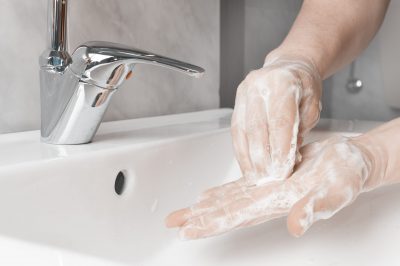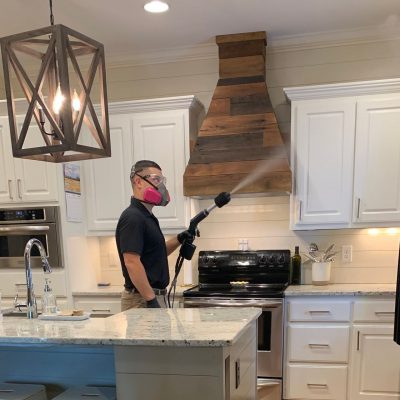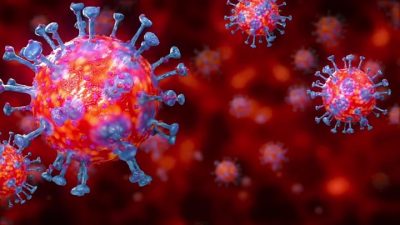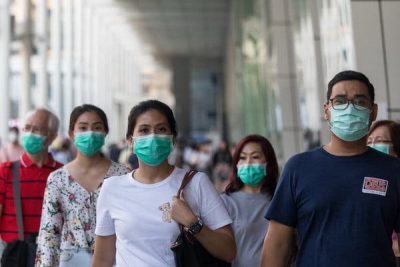Household members should clean hands often, including immediately after removing gloves and after contact with an ill person, by washing hands with soap and water for 20 seconds. If soap and water are not available and hands are not visibly dirty, an alcohol-based hand sanitizer that contains at least 60% alcohol may be used. However, if hands are visibly dirty, always wash hands with soap and water.
- Household members should follow normal preventive actions while at work and home including recommended hand hygiene and avoiding touching eyes, nose, or mouth with unwashed hands.
- Additional key times to clean hands include:
- After blowing one’s nose, coughing, or sneezing
- After using the restroom
- Before eating or preparing food
- After contact with animals or pets
- Before and after providing routine care for another person who needs assistance (e.g. a child)
- Additional key times to clean hands include:
Handwashing requires five simple steps:
- Wet: Put both your hands under clean, running water.
- Lather: Apply a generous amount of soap to the inside and back of your hands as well as your fingertips. Wash your hands for at least 20 seconds (sing happy birthday) and don’t forget to wash under jewelry and fingernails. Your fingertips are especially important as people often put their fingers on their face, nose, and eyes. This is how the virus spreads.
- Scrub: Rub both hands together and move your fingertips around both hands. You don’t need a scrub brush. You don’t need to make harsh, scrubbing movements.
- Rinse: Return both hands to the running water and gently wash away the soap.
- Dry: Completely dry the water from your hands. Using a disposable towel (paper towel) is best to avoid leaving germs on towels. Air dryers, commonly found in public bathrooms, are also effective.
When do I need to wash my hands?
Handwashing throughout the day is important, but even more important during an outbreak. Always remember to wash your hands in these situations:
- After returning from a public outing (grocery store, work, school, concert, sporting activity, hospital, nursing home, etc.).
- Before leaving the bathroom — both at home and in public bathrooms.
- After shaking hands during flu season and virus outbreaks.
- Before, during, and after preparing food, especially raw food.
- Before eating food.
- Before and after caring for someone at home who is sick with symptoms of vomiting or diarrhea.
- Before and after treating a cut or wound.
- After changing diapers or cleaning up a child who has used the toilet.
- After blowing your nose, coughing, or sneezing.
- After touching an animal, animal feed, or animal waste.
- After handling pet food or pet treats.
- After touching garbage.
- After putting on your shoes.
- After using public computers, touching public tables and countertops, cash and coins, other people’s phones, etc.




